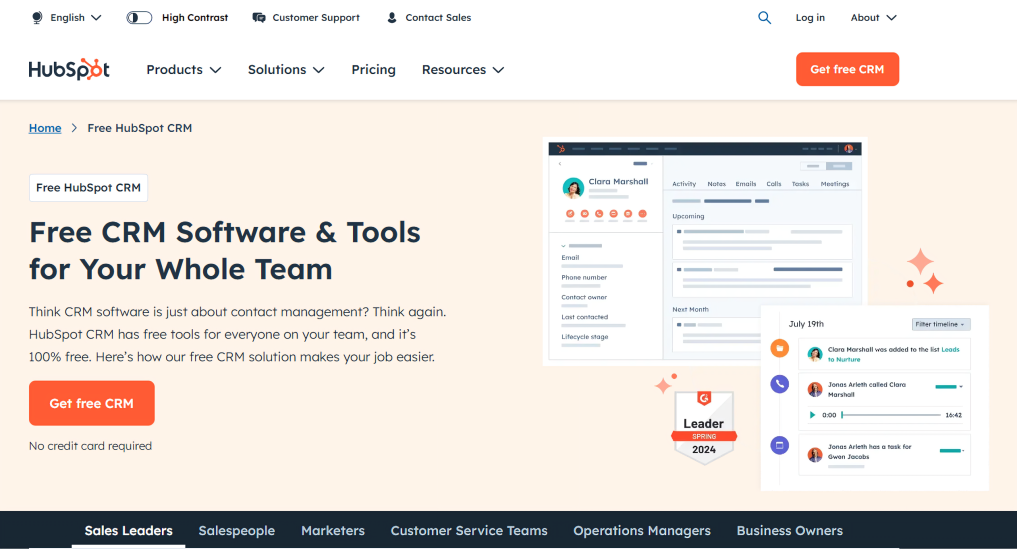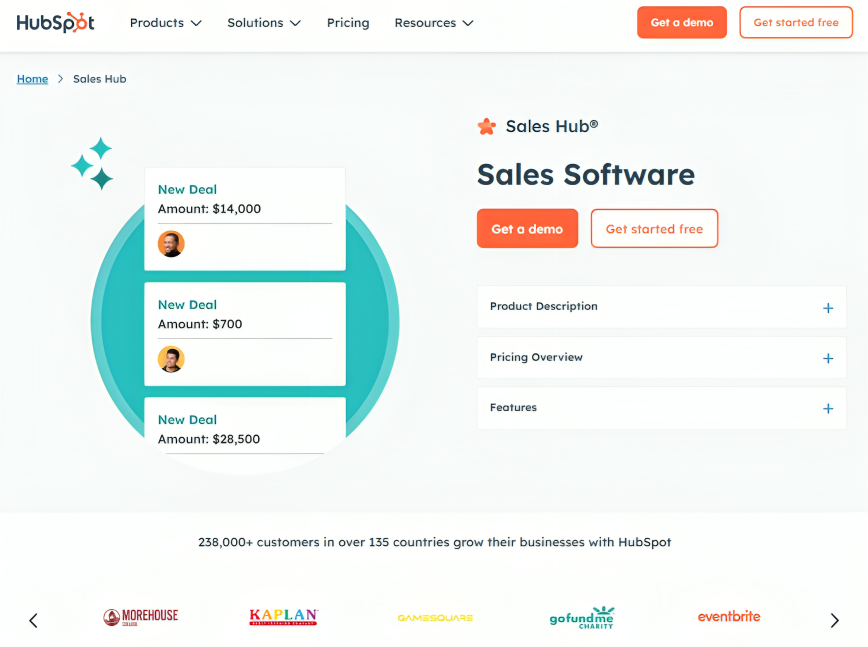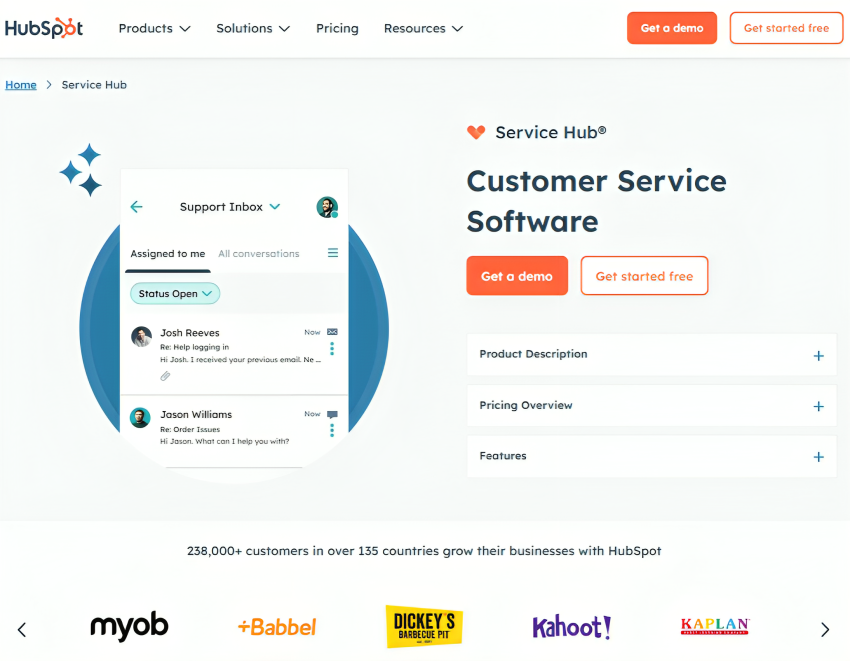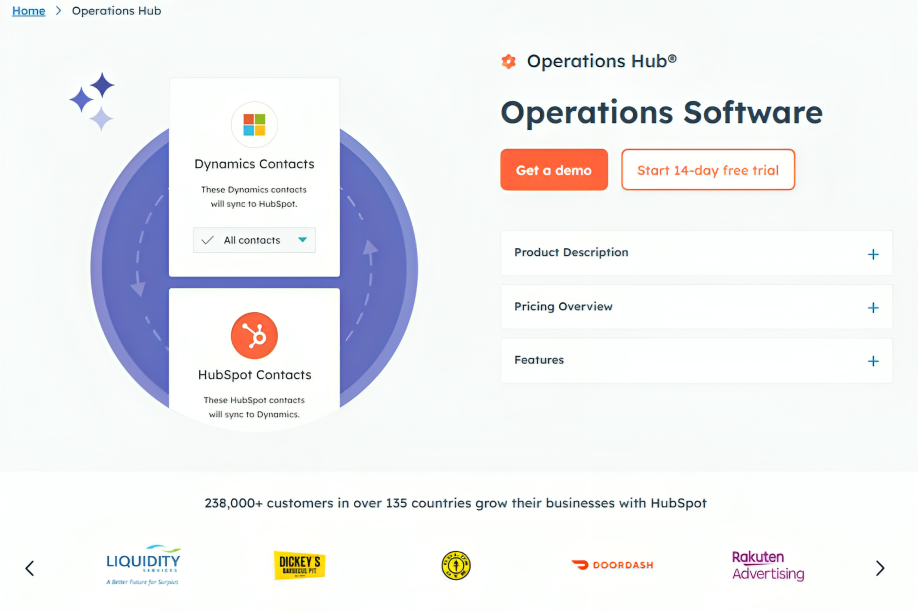Why Audit Your HubSpot Account?
HubSpot is a very powerful platform, and has a suite of tools designed for your marketing, sales, and customer service needs that can be integrated to save time and increase your effectiveness. But, as with any robust piece of software, having HubSpot alone doesn’t mean anything. However, for you to fully leverage it and really get the most out of your investment, regular audits are a must. It’s like a top-of-the-line, high-performance race car — without regular tune-ups and maintenance, no matter how high-end the machine, it won’t hit its highest performance numbers. A HubSpot audit is that key tuning, making sure that all the parts of your inbound machine are not only working but working together to move your business forward.
Table of Contents
For this reason, conducting a SaaS HubSpot Audit is critical because it gives you a clear picture of how well your strategy is working. It allows you to discover any problems within your setup — low-converting landing pages, inefficient workflows, and even underused features. Identifying these problem areas will help you streamline processes, run more effective campaigns, and make sure that you’re leveraging the right tools for your business. Bottom line: this means a better return on your HubSpot.
Apart from finding improvement areas, a HubSpot audit can heighten overall efficiency. A messy and unordered portal can cost time and money. An audit facilitates decluttering and organization, allowing for optimization of the portal to maximize efficiency so that your teams can efficiently reference the information and resources they need to be successful. Not only does this more streamlined process shorten the time frame, but it also makes the interactions with your prospects and customers a more enjoyable experience, which means improved engagement and satisfaction.
Last but not least, a HubSpot audit will help to ensure that your portal remains on track against your higher-level business goals. Your HubSpot portal needs to be reconfigured accordingly as your business changes and your goals evolve. If you’re tuned into what has changed about your business needs, an audit allows you to re-align your HubSpot strategy with your current priorities, ensuring that your efforts are always directed to the activities that lead to the most important results for your business. In these dynamic times of SaaS, leaning toward the future is important and a HubSpot audit helps you take advantage of the capabilities, trends, and best practices that the platform has to offer to hold a competitive advantage.

B2B SaaS HubSpot Audit Checklist
This comprehensive checklist will guide your SaaS HubSpot Audit, covering key areas within your portal:
1. Marketing Hub
Your Marketing Hub is at the center of your inbound strategy, and this section of the audit ensures that your engine is running smoothly. Start with an introspection about how your website performs — especially in terms of SEO. If not, are you ranking for the keywords most important to your audience? Do you set page titles and meta descriptions that are optimized to get clicks in search results? Is the speed of your website fast enough for a great user experience? Take a close look at your website analytics and identify which pages are popular with visitors, where they are dropping off, and what your best traffic sources are.
Then, do an honest assessment of your content marketing. Is the content of your blog posts, landing pages, and website copy unique, valuable, and engaging? Are their websites optimized for conversions, with clear calls to action leading visitors through the next step of their buyer’s journey? Review your forms — Are they easy for the user to fill out? Audit your calls-to-action (CTAs) for clarity, persuasiveness, and optimal placement across your website and content the encourage conversions.

Email marketing is still a key driver of successful inbound marketing campaigns. 2020 was a year to deepen your understanding of your email marketing performance through segmentation. Are you effectively segmenting your email lists to deliver targeted messaging to the right buyer personas? Do you monitor your email deliverability rates? Are you monitoring to make sure your messages are getting into the inbox? Literally review your email open rates, your click-through rates and conversion rates to see how effective your campaigns are. Assess your email automation workflows as a means to nurture leads and finesse your communication process. Lastly, you could check your email templates in terms of branding conformity, persuasive content, and mobile friendliness.
Related Article: https://www.adlabz.co/effective-email-marketing-for-saas
There really is no such thing as a good marketing campaign, without effective landing pages. Perform landing page analysis with a focus on conversion rate optimization Do your landing pages deliver a single, clear message and powerful call to action? Are you running A/B tests to optimize their performance over time? Evaluate the landing page’s design and user experience, focusing on elements such as visual appeal, ease of navigation, and lead capture optimization.
Lastly, take a look at your social media activity. Are you properly monitoring social media mentions and reaching out to customers? When was the last time that you created and posted appealing content on your social media channels? Are you measuring your social media performance and taking the readouts to inform your strategy and use your reach to the max?
2. Sales Hub
The home of the deals (your Sales Hub) This section of the audit is all about automating your sales process and supporting your salespeople. First, take a look at your deal pipeline. Are your deal stages well-defined and aligned with your sales process? But are you successfully tracking deals and moving them through the pipeline? Do you use HubSpot’s forecasting features to estimate future revenue and make better business decisions?

When it comes to sales-oriented businesses efficient contact management is critical. Make sure that your contact data is accurate, complete, and current. Are you leveraging lead scoring to identify your hottest leads and focus your sales activities on the most promising opportunities? Evaluate your contact segmentation strategy, making sure you are segmenting the contacts based on their actions, demographics, and interests to make your outreach personalized and gain better engagement.
Sales automation tools can help your sales team be more efficient. Review your workflows to automate repetitive sales tasks like lead nurturing and follow-up. If so, are you leveraging sequences to automate personalized email outreach as well as to stay in front of prospects? Assess how you use tasks and reminders to keep you organized and follow up with leads and customers promptly.
Sales enablement provides your sales team with the tools and resources needed for sales success. Check your content library so your sales team can easily access the sales collateral, presentations and case studies they need. You leverage playbooks to normalize the sales process, guide the team. Consider how you’re communicating via HubSpot’s meeting scheduling tool which will assist in minimizing this step in the process for a prospect to speak with your sales representatives.
3. Service Hub
Customer service is everything for any SaaS business. This section of the audit addresses efficiency in customer service systems and customer service leads to satisfaction. Assess how you are utilizing HubSpot’s ticketing system to streamline customer inquiries and support requests. Are you measuring customer satisfaction (CSAT) and utilizing the feedback to improve your service and fix pain points? SLAs to ensure that customer issues are resolved on time, and help maintain high customer satisfaction.

Using a comprehensive knowledge base allows customers to find answers to their questions on their own. Audit your knowledge base, making sure it includes support articles, FAQs, and tutorials to common customer questions. Are you properly promoting self-service resources for your customers to solve, and leave your support team to work on more complex queries?
And customer feedback is a great way to do it. Are you using surveys to get feedback on your products and services and also to find out the areas you need to improve on? Are you listening to your customer feedback to understand their needs, what the trends are, and using that data to ensure making a data-driven decision to better the customer experience?
4. Operations Hub
The Operations Hub is about building business process automation and ensuring you have data integrity across your business. Make use of HubSpot’s Data Sync features to ensure data consistency. Yes, are you automating to enhance data quality and eliminate human errors ensuring to have exactly the data you need when you need it? Evaluate how you leverage Operations Hub to streamline and automate your business processes such as lead routing, quote generation and contract management to create efficiencies for your team.

5. Reporting and Analytics
This is going to create digital twins for every company, creating a path for decision-making based on data. The second section of the audit is all about tracking the data in HubSpot and making sure you are analyzing that data effectively. Have your dashboards been customized to report the most critical metrics, giving you an at-a-glance view of your performance? Generating regular reports to keep track of your progress, discover trends, and find areas to improve? Attribution reporting is well done — you know which of your marketing efforts appreciate the most revenue so you can scale campaigns or roles accordingly.
6. General HubSpot Settings
This last part of the audit is about the health and configuration of your HubSpot portal. Check if you have set data permissions correctly and how different team members are expected to access data. Hubspot gives a lot of opportunities to integrate with other tools and platforms to increase the process flow and functionalities. Make sure that the HubSpot portal is branded with your company visuals to have a clear touch-point theme.
Common Mistakes to Look For During Your SaaS HubSpot Audit
The checklist above should serve you well in crafting a comprehensive overview of what their audit entails, but be sure to consider the biggest pitfalls that can cause HubSpot to underperform, too. One of the most common mistakes we see is the neglect of data hygiene. Out-of-date, incomplete, and duplicate data can have a huge impact on your marketing and sales activities, causing you to target incorrectly and waste resources while missing opportunities.
A common mistake is ignoring workflows. From lead nurturing, to follow-up, to automating task, and managing data, workflows are an automation goldmine. The failure to employ these tools to their fullest potential represents a failure to work at scale.
Failure to use analytics is another error. Data delivers the value for any successful inbound approach. By failing to analyze your HubSpot data, you are missing insights into how you are performing, and evolving, and have potentially found ways to improve data-driven decisions.
A common issue that occurs is poor segmentation. Today’s world of personalized marketing means generic email blasts aren’t going to cut it anymore. When you don’t segment your audience, you get lower engagement, missed conversions, and a disjointed customer journey.
There is also a downside to continuing with unnecessary complexity. Not only does HubSpot boast numerous functional and customizing capabilities, but that ever-fine line between complexity, and real-world usability. Complex workflows or convoluted processes lead to inefficiency and confusion among the team members.
Finally, another common mistake is failure to get updates. (Granted HubSpot is constantly rolling out new features and upgrading their platform. If you are not keeping updated, you are missing a lot of important tools that can ease your inbound strategy.
Conclusion
If you want to get the most out of your investment, a full-blown SaaS HubSpot Audit is a must-have. Carefully reviewing every part of your HubSpot portal, you can discover opportunities to improve, streamline, and align your inbound strategy to your business. Although this task can feel overwhelming, it is very much worth doing. When executed well, a tightly integrated Hubspot portal can act as an engine for growth, propelling your B2B SaaS company to greater heights. If you’re having trouble conducting a HubSpot audit, find someone who can help. Follow these practices, and you will be able to make the most out of HubSpot and help your business thrive with proper mentorship and guidance.
You might also be interested:


